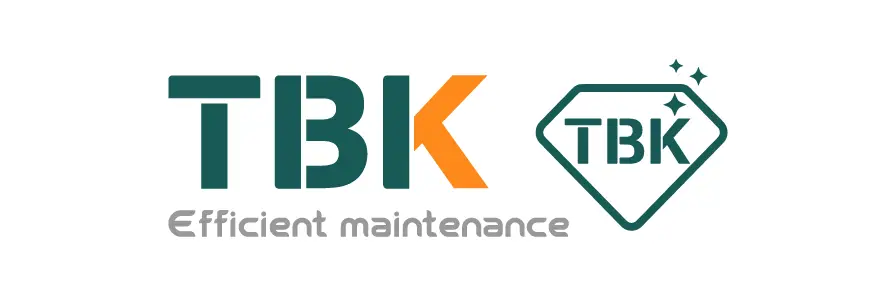Understanding the iPhone Back Glass Laser Machine
Why Use a Laser for iPhone Back Glass Removal?
Replacing the back glass on an iPhone is a notoriously difficult repair. The glass is held in place by a strong, industrial-strength adhesive, making manual removal with heat guns and pry tools a time-consuming and high-risk process. It is easy to damage the phone's frame, wireless charging coil, or other internal components.
An iPhone back glass laser machine offers a precise and efficient solution. This technology automates the most difficult part of the repair: destroying the adhesive. By using a focused laser beam, the machine ablates (burns away) the glue layer under the glass without overheating the phone, allowing the shattered glass to be removed with minimal effort.
How Does a Laser Machine Separate Back Glass?
The process involves a few key steps that transform a multi-hour manual job into a much shorter, more predictable workflow.
-
Preparation: The phone is disassembled to remove internal components, or sensitive areas are covered, depending on the repair technician's process.
-
Calibration: The phone is placed on the machine's workbed. The operator then selects the correct iPhone model from the machine's software.
-
Operation: The laser begins its programmed path, accurately targeting only the adhesive.
Modern machines often streamline this process significantly. For example, some models like the TBK-958F integrate an HD computer with pre-loaded drawings for all compatible iPhone models. This, combined with an automatic one-touch focusing system, removes the guesswork and ensures the laser operates only within the safe parameters of the phone's design.
Key Benefits for Phone Repair Businesses
Integrating a laser machine into a repair shop's workflow provides several distinct advantages over traditional methods.
-
Significant Time Savings: A repair that could take 1-3 hours manually can often be completed in 20-30 minutes.
-
Reduced Risk: Greatly minimizes the chance of cracking the frame or damaging the delicate wireless charging coil.
-
Professional, Consistent Results: The laser provides a clean separation, making it easier to apply the new back glass for a factory-finish look.
-
Increased Profitability: Faster, safer repairs mean a higher volume of satisfied customers and fewer costly mistakes.
More Than Just Glass Removal
Many back glass machines use fiber lasers, which are highly versatile. This technology is not limited to just adhesive removal. A machine with a 20W fiber laser, such as the one in the TBK-958F, is also powerful enough for other precision tasks. This includes:
-
Engraving: Personalizing customer devices with text or logos.
-
Marking: Branding accessories, tools, or metal parts.
-
Screen Removal: Some models are also calibrated to assist in separating screen components.
Comparing Repair Methods: Laser vs. Manual
The difference in efficiency and risk is a primary factor for technicians. While the initial investment for a laser is higher, the long-term benefits in time and component safety are clear.
| Feature | Laser Machine Method | Manual Heat Gun Method |
| Average Repair Time | 20-40 minutes | 1-3 hours |
| Risk of Frame Damage | Low | High |
| Risk of Component Damage | Low (if using correct drawings) | High (especially to charging coil) |
| Required Skill Level | Moderate (for operation) | High (for manual dexterity) |
| Consistency | High | Low to Moderate |
Selecting the Right Laser Machine: Key Features to Consider
When evaluating a machine, focus on features that impact safety, efficiency, and ease of use.
-
Built-in Software: A machine with an integrated computer and up-to-date drawings is far more efficient than one requiring an external PC.
-
Fume Extraction: This is a critical safety feature. The laser ablation process creates fumes that must be vented. Look for models with a powerful, built-in fume extractor.
-
Focusing System: An automatic (one-touch) focus system is faster and more accurate than manual focusing, reducing the chance of operator error.
-
Footprint: For many repair shops, space is limited. A compact, all-in-one design that combines the laser, computer, and extraction system into a single unit is highly practical.
Frequently Asked Questions
Q1: Will the laser damage the wireless charging coil or other internal parts?
A1: No, when used correctly. The machine's software drawings are specifically designed to outline the phone's internal components, ensuring the laser only targets the adhesive layer and avoids sensitive parts like the charging coil and logic board.
Q2: Are the fumes from the laser dangerous?
A2: The process of ablating glue does create smoke and fumes. This is why a high-quality, powerful fume extraction system is essential. This system pulls the fumes away from the operator and filters the air.
Q3: Can these machines be used for anything besides iPhones?
A3: Yes. While they are primarily known for iPhone back glass, many laser machines are suitable for other phones with similar back glass construction. Furthermore, a 20W fiber laser machine can be used for general-purpose DIY marking and engraving on a wide variety of materials, including metal, plastic, and some leathers.






























